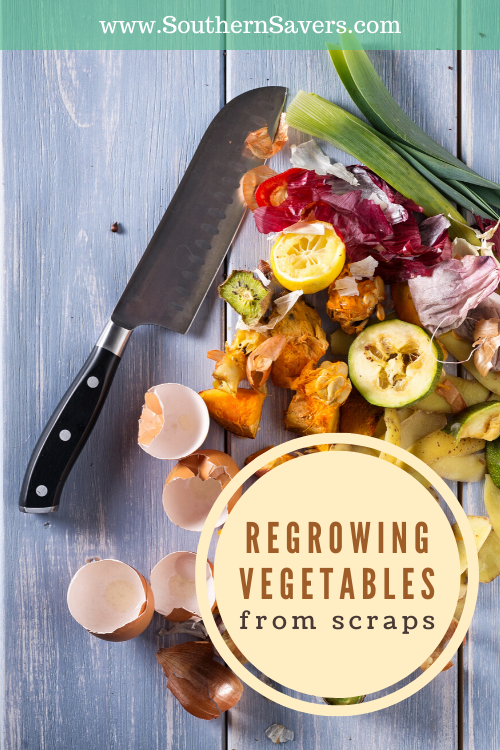This post may contain affiliate links. Read our disclosure here.
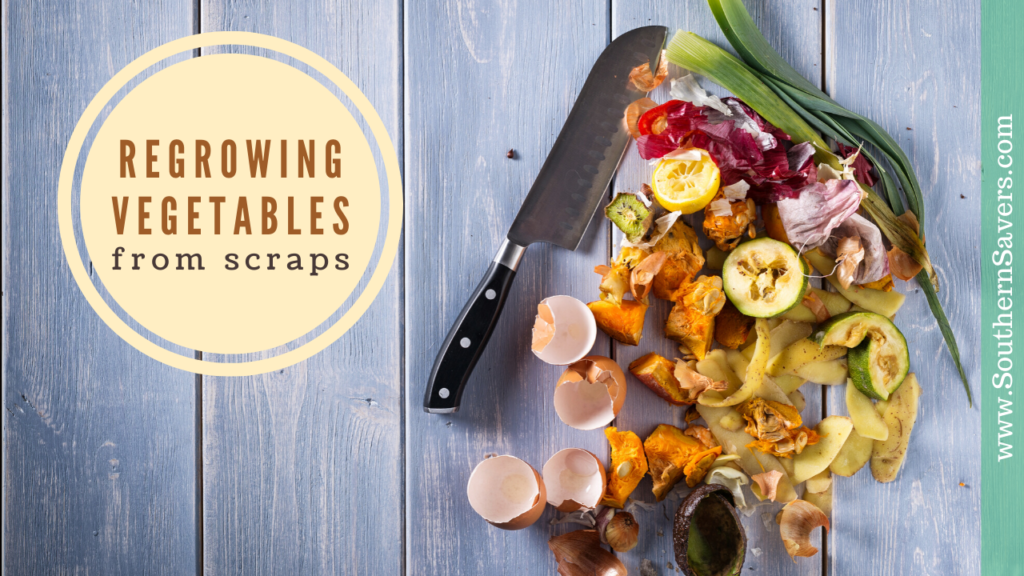
I’m all about using up leftovers to make new dishes, such as making stock from meat bones and vegetable scraps, or using the remains of one meal to make an entirely different meal. But there’s another way to utilize leftover food that I find truly amazing.
Did you know you can regrow vegetables from kitchen scraps?
Some of what you can regrow aren’t exactly the same as the original plant (e.g. you can’t grow carrots from carrot scraps—but you can grow carrot greens!), but it’s still pretty awesome that you can get something out of essentially nothing, in the sense that you probably were going to toss those carrot scraps into the trash or the compost bin.
This is also a way to grow some vegetables indoors or just to propagate new plants that you can grow later in your outdoor garden. If nothing else, this could be a fun experiment to try with your kids, even if the plants don’t produce any “fruit”!
How to Regrow Vegetables from Scraps
I’m covering the most basic vegetables that you are probably already buying at the grocery store, and some of the processes to regrow them are more complicated, so I’m linking elsewhere. Hopefully this gives you some inspiration, but feel free to do your own research as to other ways to regrow vegetables!
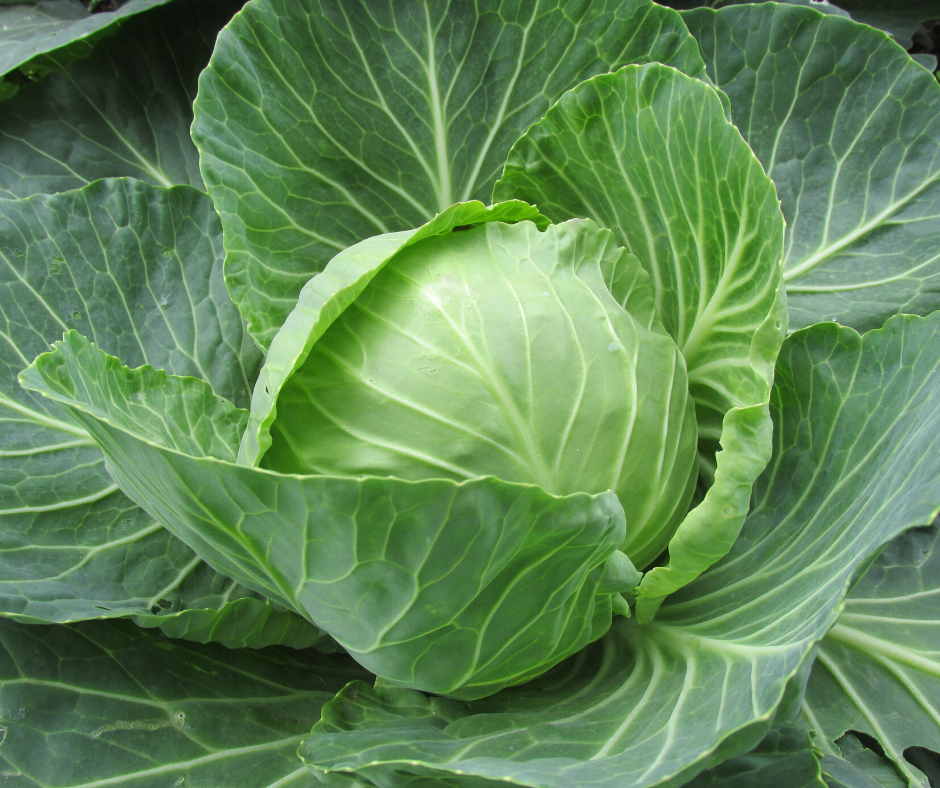
Cabbage and lettuce
To regrow cabbage or lettuce (romaine, iceberg, etc.), place the bottom of the head in water in shallow bowl and put it in a sunny place and change the water as needed to make sure it’s clean. Within a few weeks, you should start to have enough for a salad!
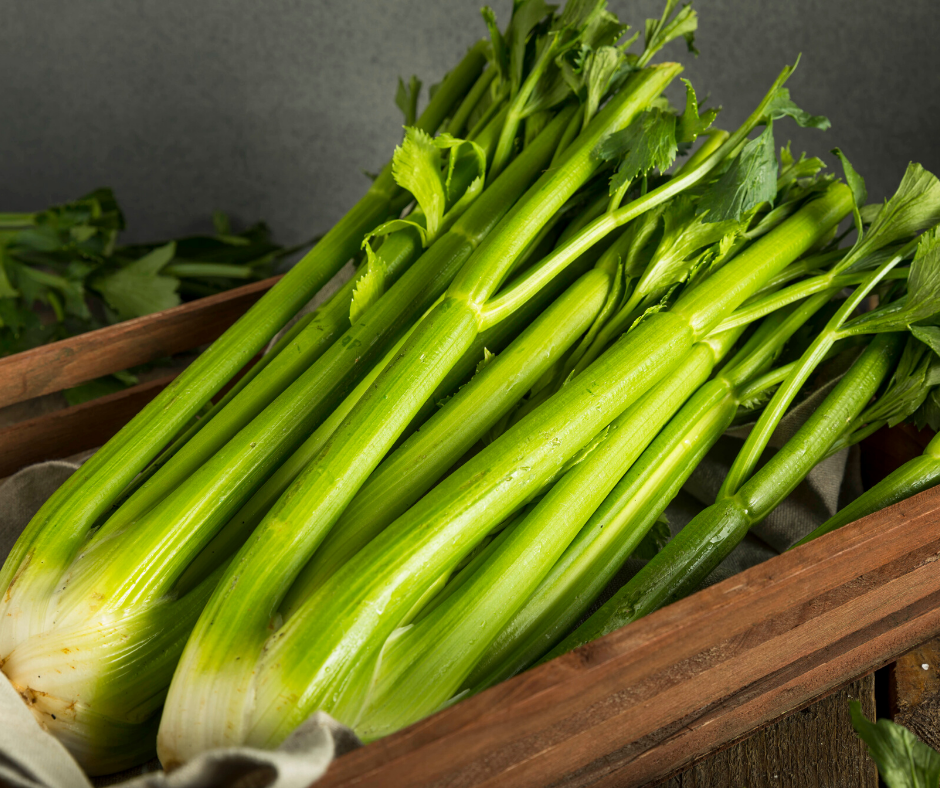
Celery
As with lettuce and cabbage, place the bottom in a glass or jar with water in a sunny place and change the water as needed. As it grows, you can cut the growth off and store it in the fridge.
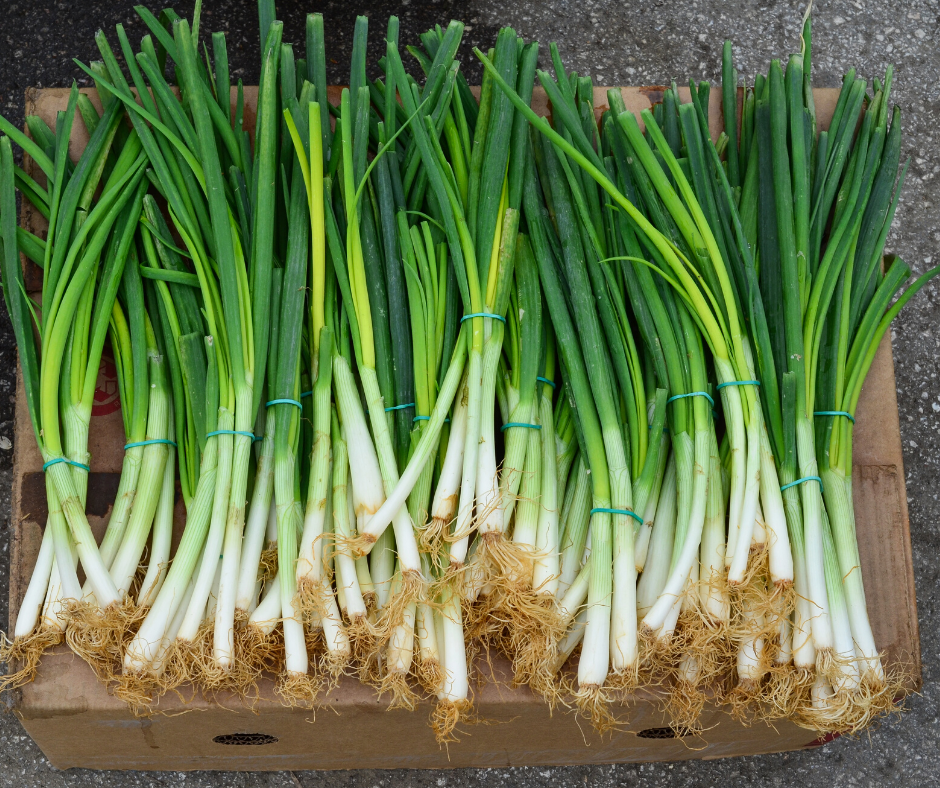
Green onions
Until I started looking into this, I only knew how to regrow green onions. Place the bottom (with the roots) in a glass or jar with water, changing the water when needed. Put the jar in a sunny place and then just snip off what you need for dinner!
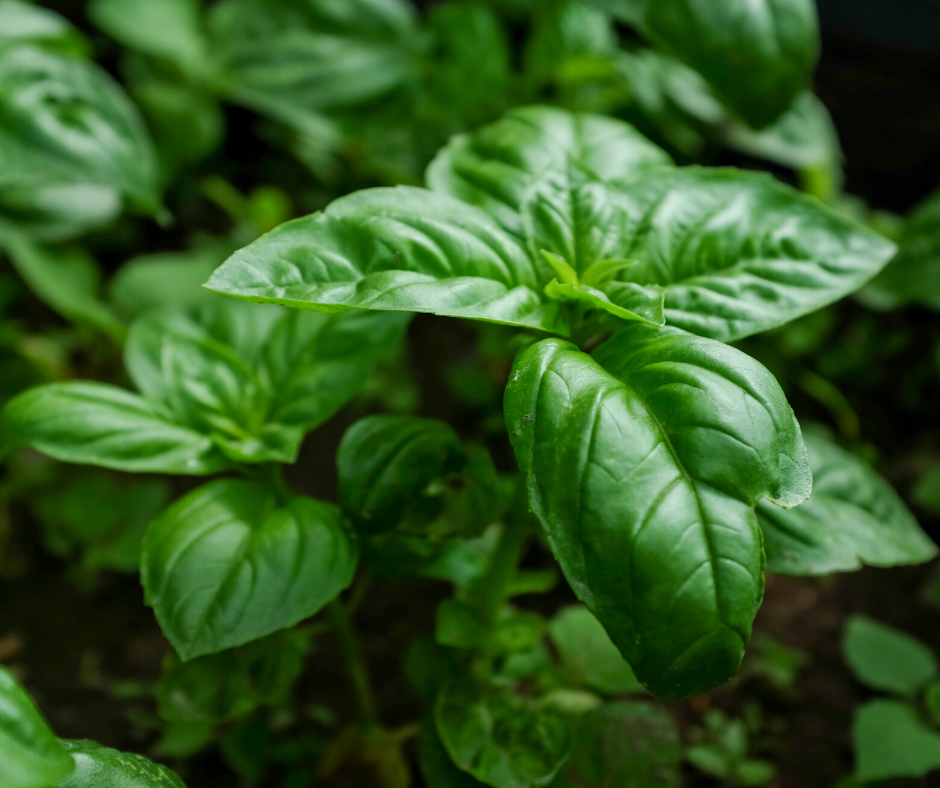
Basil
The next time you buy fresh basil, cut off a stem with at least 6 leaves and place it in a jar of water. Once it grows roots, transplant it into a pot with soil.
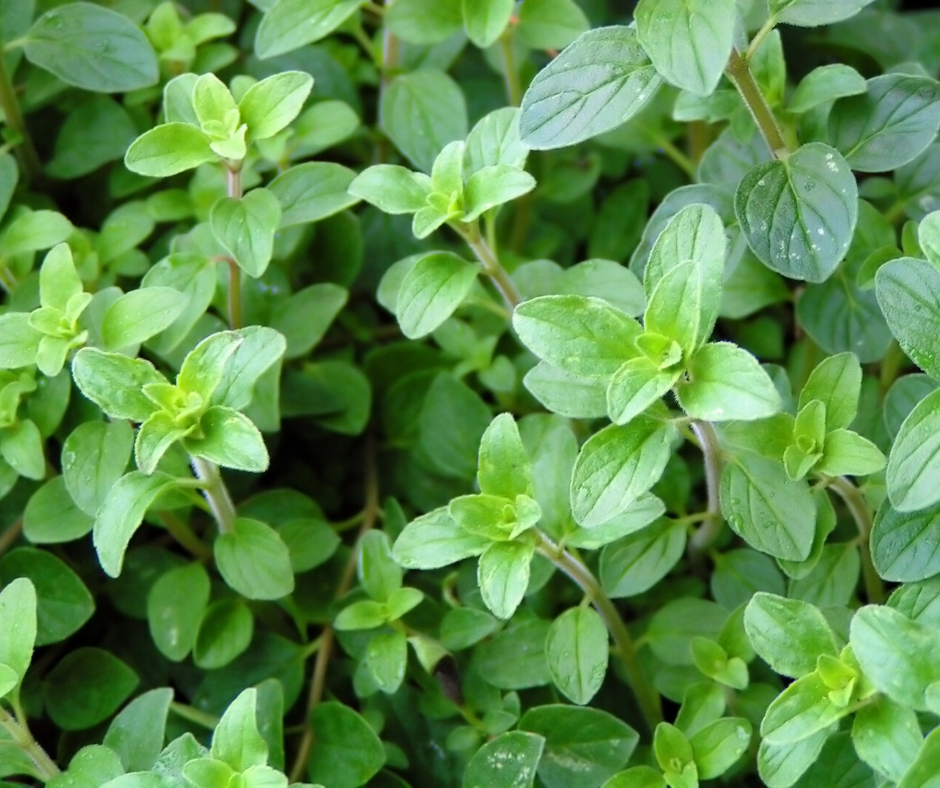
Oregano
The next time you buy fresh oregano, cut off a stem at least 3 inches long and remove all but the leaves at the very top. Place it in a jar of water with the water covering at least one of the spots where you removed leaves. Once it roots, transplant into a pot with soil.
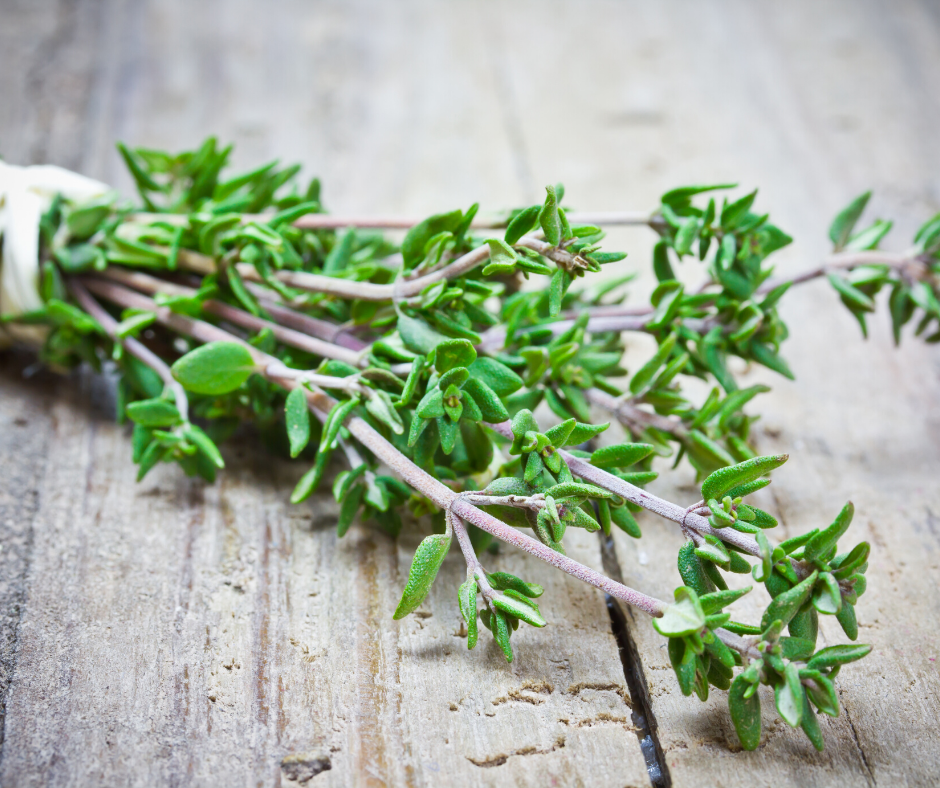
Thyme
Remove all but the leaves at the top from one sprig and place it in a jar of water. Once it roots, transplant into a pot with soil.
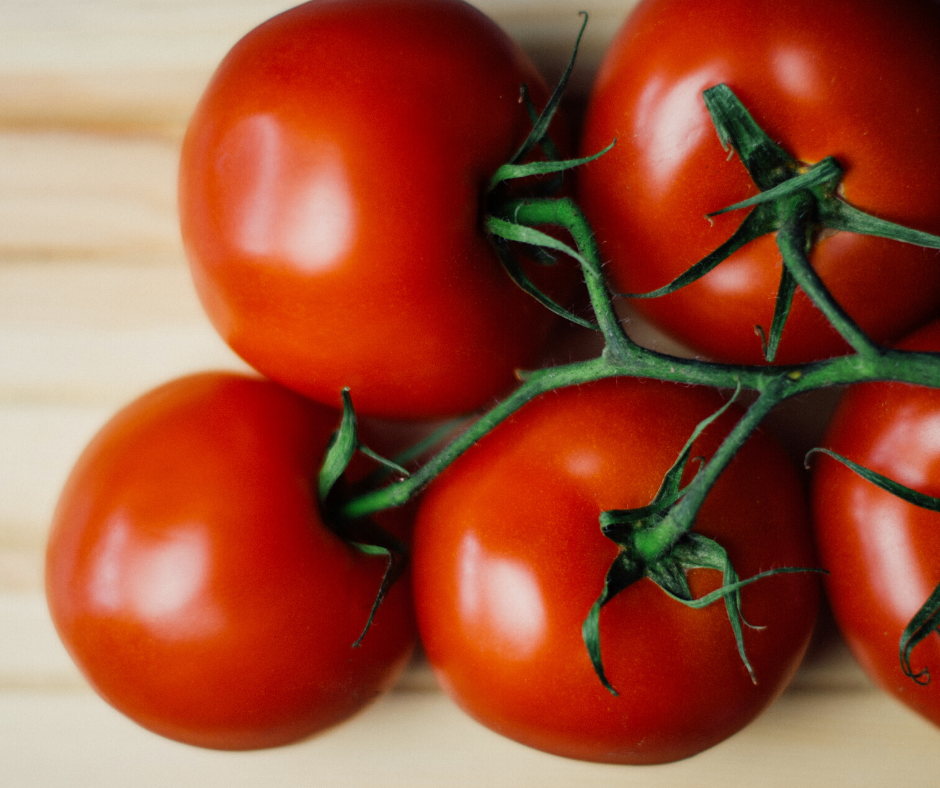
Tomatoes
I really want to try this one! Lay 3-4 tomato slices in a large pot of soil and cover with more potting soil. Keep it watered and wait for sprouts, then replant the larger ones in a more permanent spot.
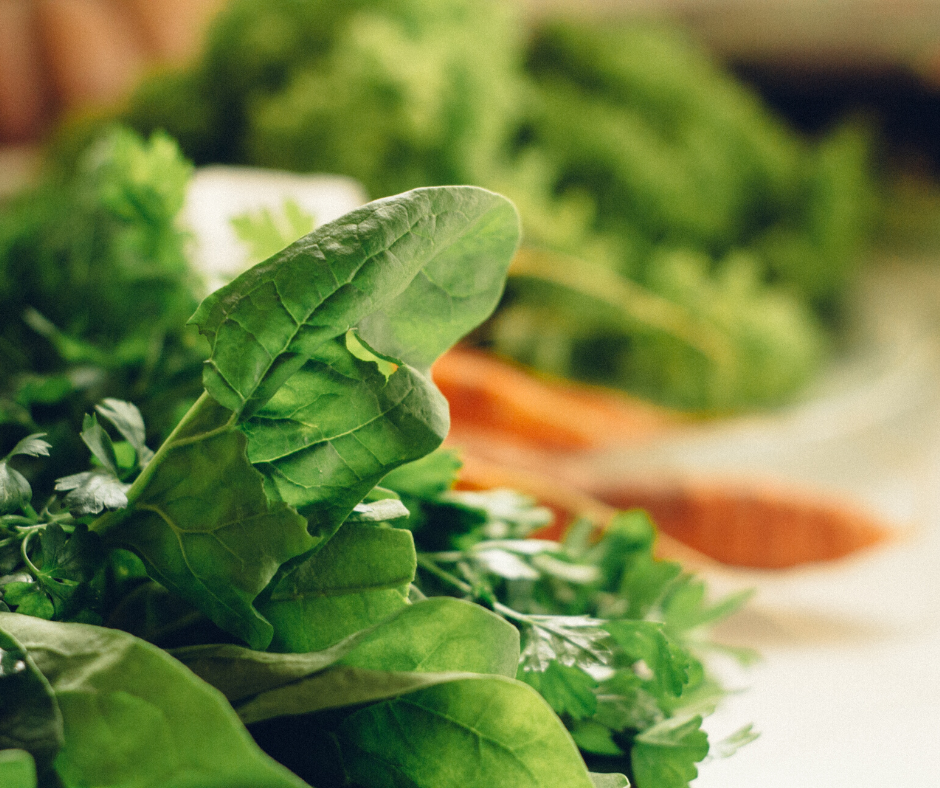
Carrot, radish, beet, and turnip greens
Cut the tops off of the vegetable and place the tops in a shallow dish in water. Once you are seeing the tops start to sprout, transplant them into soil in a pot. Eventually, you’ll have greens from these vegetables!

Mushrooms
Did you know you can use old mushrooms stems to create your own mushroom garden outside. This process is slightly more complicated, so check out Freecycle USA’s guide on how to regrow mushrooms from mushrooms.
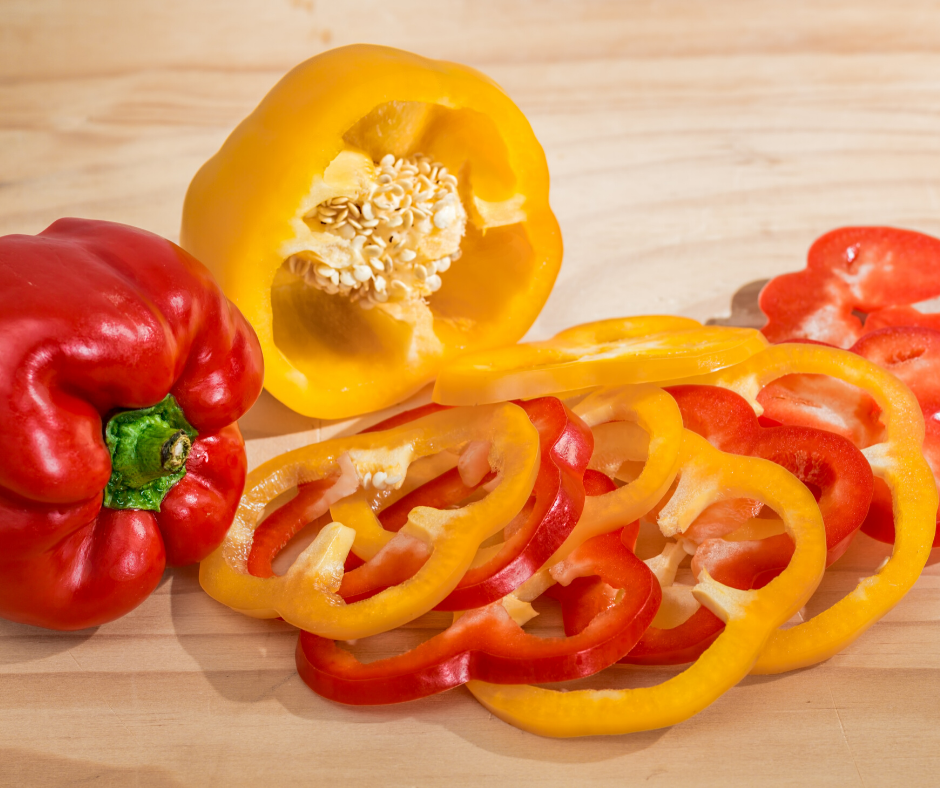
Peppers
Unlike some of the other vegetables, this process involves harvesting seeds from peppers you buy from the store and then planting them. Here’s a handy guide as to how to propagate peppers.

Ginger
The process for growing ginger is also a little more complicated, so see instructions from Preparedness Mama. This one is especially appealing to me as I feel like I never use up all the fresh ginger I buy, and yet it’s something I use often.
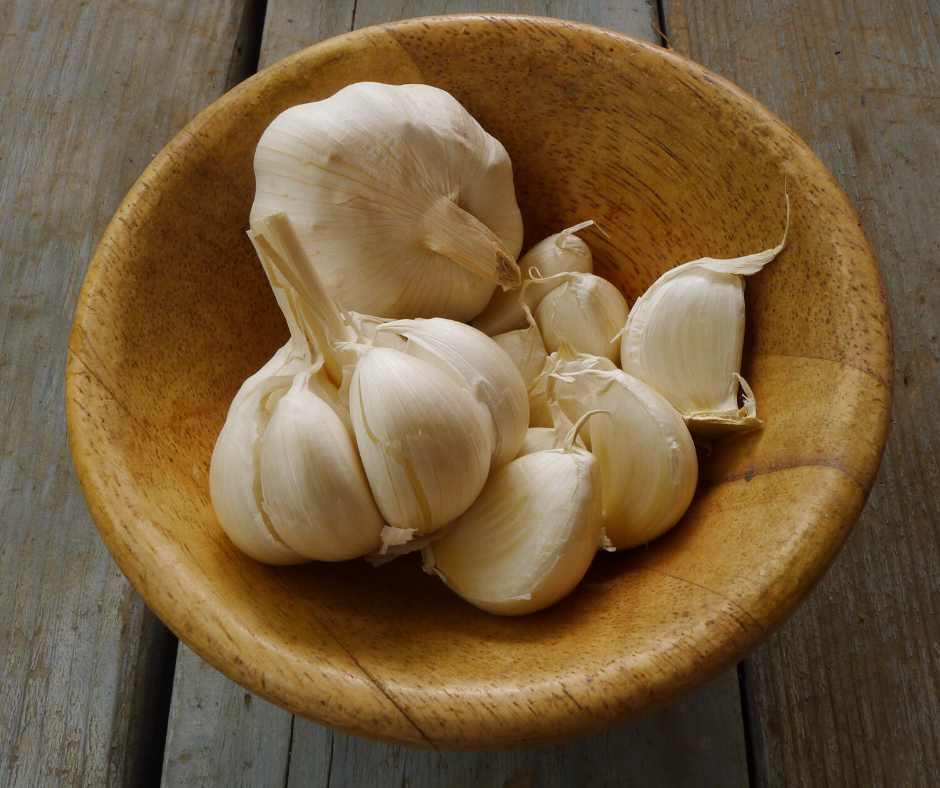
Garlic
Knowing I can regrow garlic makes me more likely to buy entire cloves of fresh garlic! Check out instructions from Instructables.
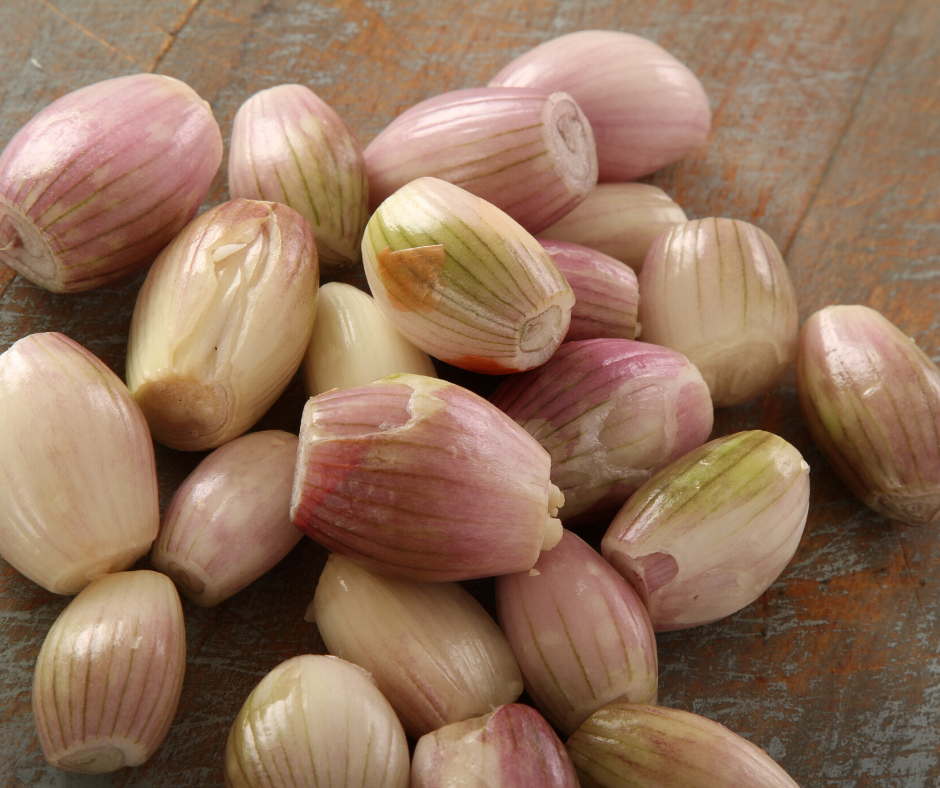
Shallots
This one is also a little more complicated! Here are some instructions from Home Guides.
Hopefully these instructions will give you some encouragement to think about whether you might want to attempt to regrow vegetables. Because they all let you use remains from vegetables you’re already buying, you don’t really have anything to lose!
